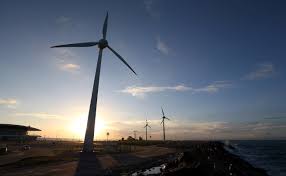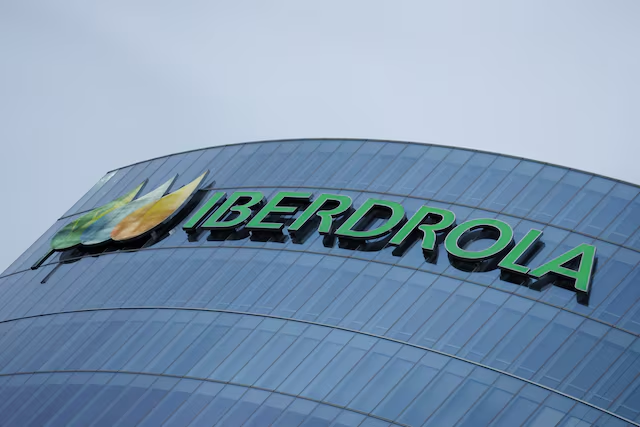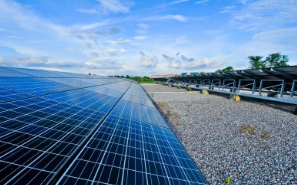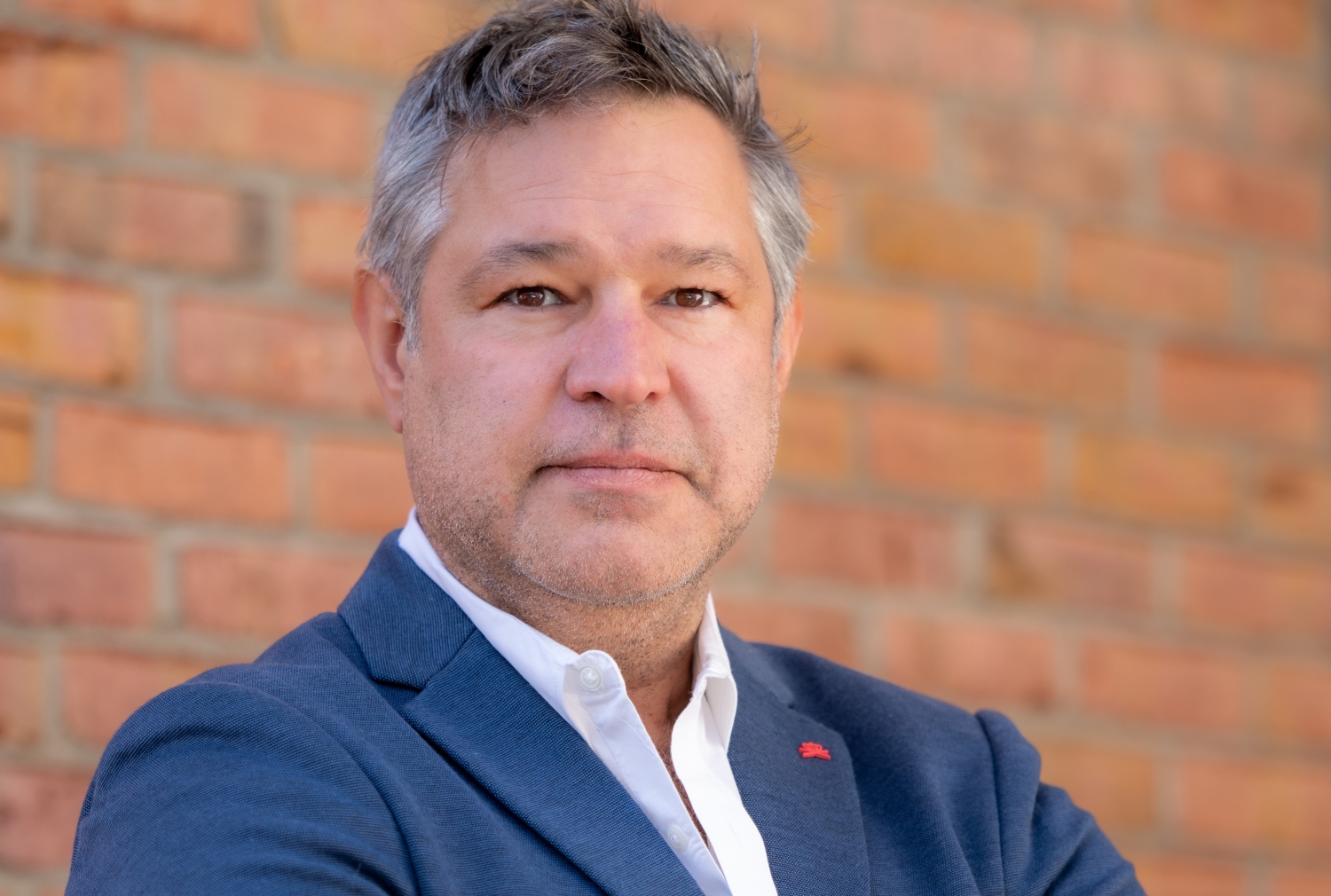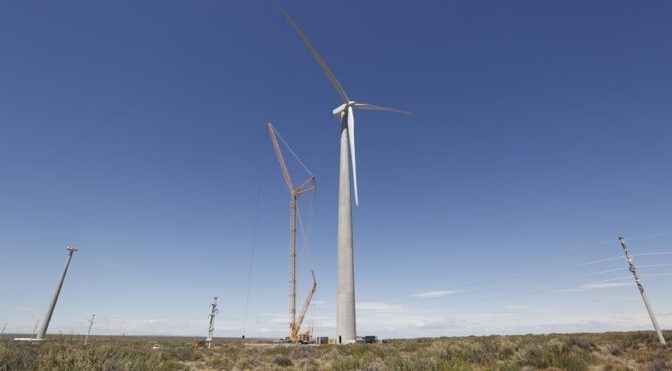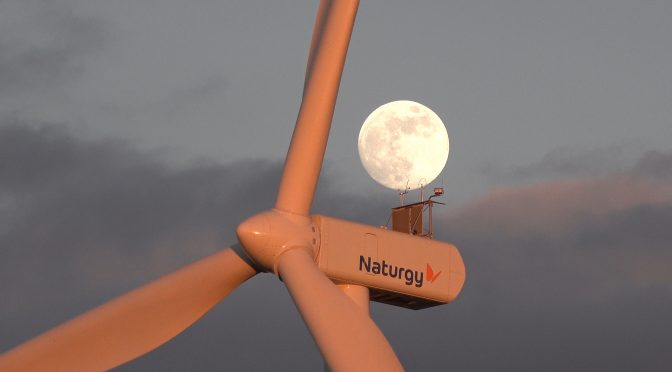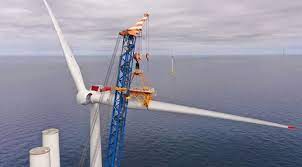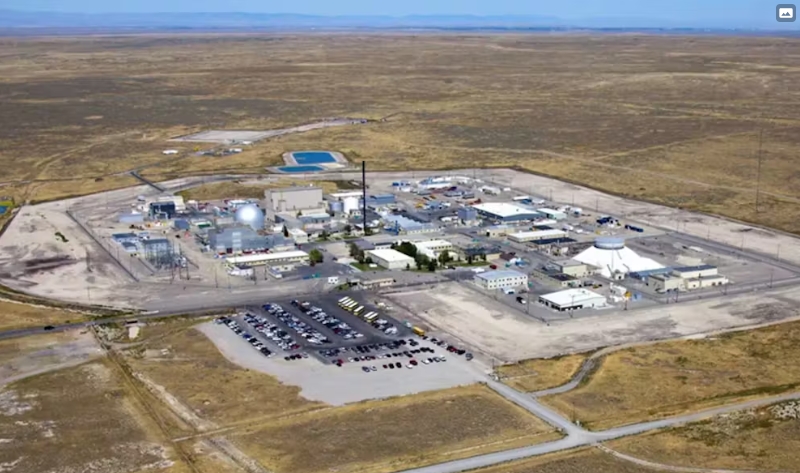
A stretch of Idaho land once used to test nuclear reactor technologies and manage spent fuel could become home to a clean energy microgrid or another type of carbon-free generation project under a U.S. Department of Energy program.
The DOE announced Tuesday it was issuing a request for information (RFI) to identify potential industry partners to develop commercial-scale projects on land within the 890-square-mile Idaho National Laboratory (INL) site. It is part of the federal Cleanup to Clean Energy effort.
DOE is holding an information day on the Cleanup to Clean Energy projects Oct. 25 and is opening it to leaders from net-zero microgrid, nuclear energy, wind, solar and geothermal sectors. The designated area within INL was first opened in 1952 and was known as the National Reactor Testing Station.
More than fifty reactors, many of them prototypes, were built there, including the U.S. navy’s first prototype nuclear propulsion plant.
“Opening federal land for clean energy generation will help the nation achieve its ambitious climate goals,” Kathryn Huff, U.S. DOE Assistant Secretary for Nuclear Energy, said in a statement. “INL is at the forefront of the clean energy transition, and developers can leverage that experience to bring their technologies to the grid.”
Deadline for submissions is no later than 7 p.m. Eastern Time (5 p.m. Mountain) on December 15. The RFI is open to industry, government, tribal and community groups wishing to comment on the potential use of the INL land.
In crafting the plan for the Cleanup to Clean Energy initiative, federal planners have identified about 72,000 acres of potential at five sites, some previously used in the nation’s nuclear weapons development program. In addition to the former Reactor Testing Station, those sites include:
Hanford in Richland, Washington, a site which produced plutonium or nuclear weapons for more than 40 years; the Nevada National Security site in Nye County, Nevada, where atmospheric and underground nuclear weapons tests took place; Savannah River site in South Carolina, a longtime manufacturing operation for weapons-grade plutonium and tritium; and Waste Isolation Pilot Plant in the Chihuahuan Desert of New Mexico, where transuranic waste from atomic energy activities has been disposed a half-mile below the surface.
The Idaho National Lab is studying the concept of nuclear microgrids utilizing small modular and microreactors. Last month, the U.S. Department of Defense selected Maryland-based microreactor developer X-energy to design and test an advanced small nuclear power station at the INL.

